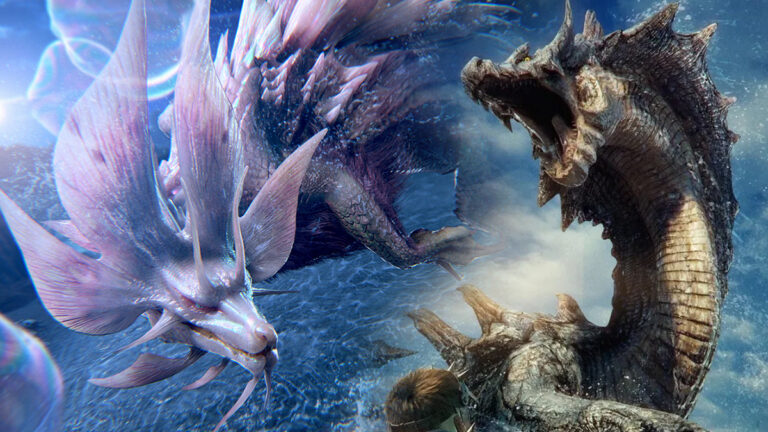The latest Monster Hunter game is adding the fan-favorite Mizutsune and Lagiacrus through major Title Updates. But let’s be honest, Leviathans are still underrepresented and underappreciated, especially compared to Flywing Wyverns. Not to mention that their long, serpentine bodies and unique movement are perfect for Wilds‘ dynamic environments. We do appreciate the return of the two popular monsters and diverse newcomers. But we would love it if these eight other Leviathans would make a splash in future Monster Hunter Wilds updates as well.
1. Nibelsnarf
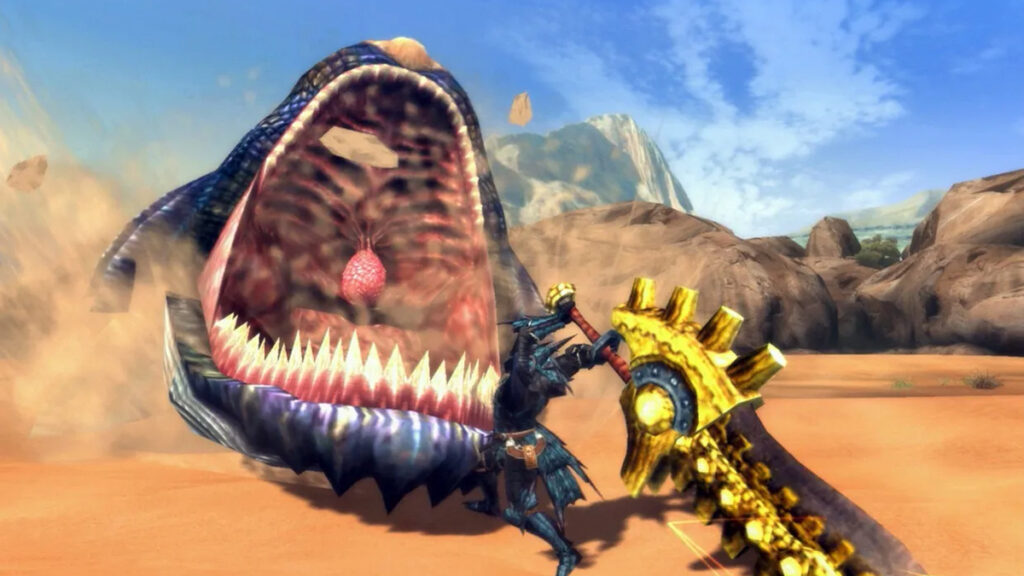
Nibelsnarf might be one of the goofiest-looking — and sounding — Leviathans, but don’t let that fool you. Its gigantic mouth will swallow you whole without a second thought. Back in Monster Hunter Tri, everyone’s first encounter is just avoiding getting eaten before learning a Barrel Bomb is the answer to said problem.
Plus, Wilds‘ wide, desert areas of Windward Plains are practically begging for a Nibelsnarf ambush. Imagine riding a Seikret around when suddenly the ground starts shaking, and boom, out come both Balahara and Nibelsnarf. Picture the underground turf war too.
2. Gobul
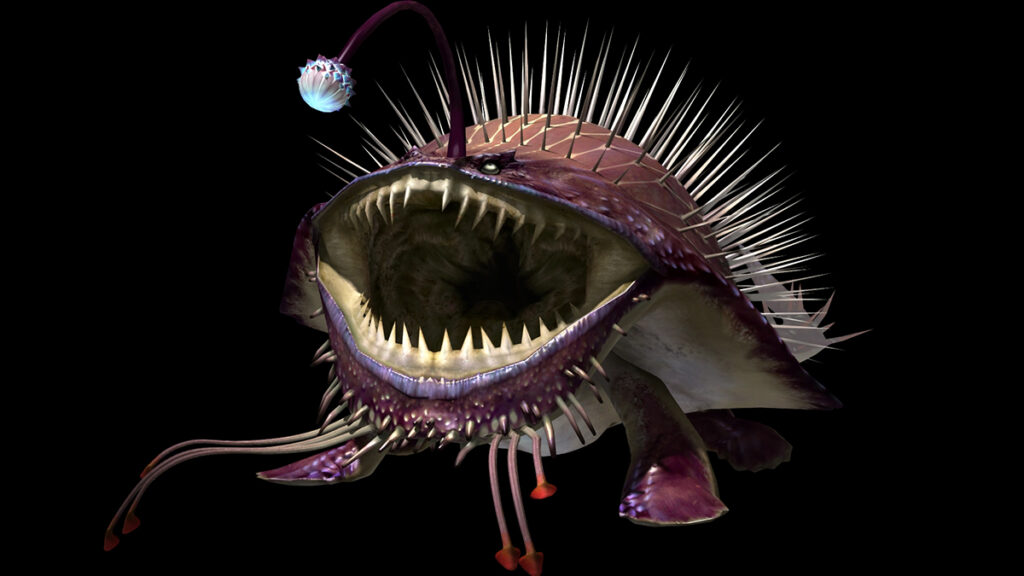
Gobul is basically an overgrown giant anglerfish with a terrifying grin. It can hide in sands underwater, shoots out spikes that induce Paralysis, and of course, blind prey and predator alike with its lantern.
While Wilds doesn’t feature underwater, Gobul could become even creepier thanks to dynamic lighting and weather. Imagine suddenly seeing a bright light from the water while fishing in Scarlet Forest during the night. Then the next thing you know, it’s not a Goliath Squid that came out of it.
3. Royal Ludroth
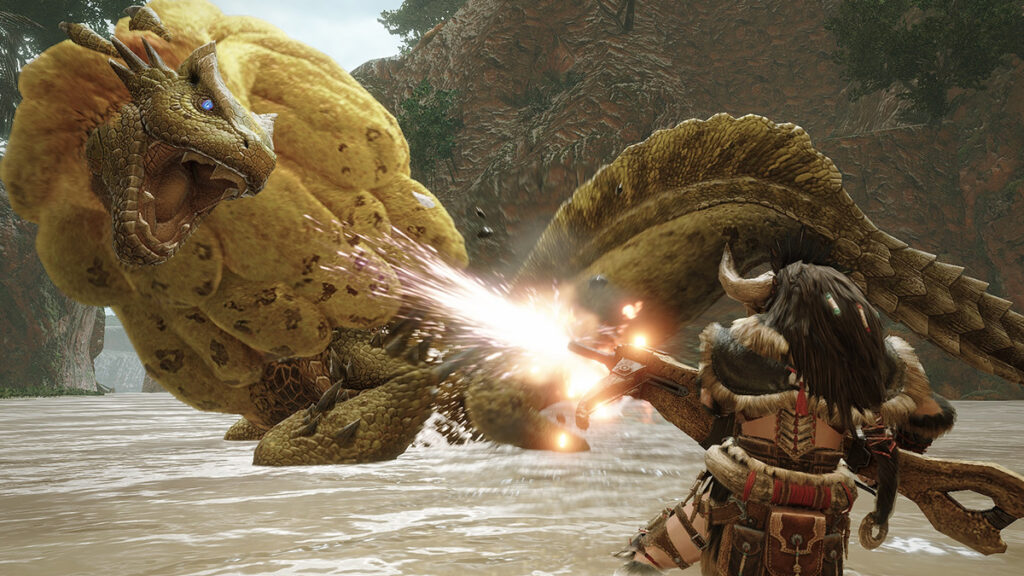
Royal Ludroth is the definition of a reliable early-game boss. Its main attacks are just rolling, flopping, and shooting waterballs. Nevertheless, Capcom can give it some movesets from Purple Ludroth and buffs from the weather systems. For example, Ludroth could regenerate its spongy mane or become extra slippery during Downpour.
“Why don’t just ask for Purple Ludroth, then?” you asked? Well, personally I think we already have one too many Poison monster in this game. Meanwhile, Balahara and Uth Duna are the only Water-based ones — if we’re discounting Mizutsune and Lagiacrus from Title Updates.
4. Magma Almudron

Almudron can be frustrating to fight in Rise no thanks to its damaging mud puddles and pillars. The Magma variant ups the ante by adding explosive tail slams and rocks to the mix.
However, this time around Capcom should just combine both for another denizen of the Oilwell Basin. Just like how a normal Mizutsune was given some moves from the Soulseer Deviant, the same can apply to the Wilds‘ iteration of Almudron.
Fiery mud puddles that damage you? Defensive pillars that will explode after a certain time has passed? It’s all worth it for that sweet mecha-like armor and weapon sets.
5. Agnaktor
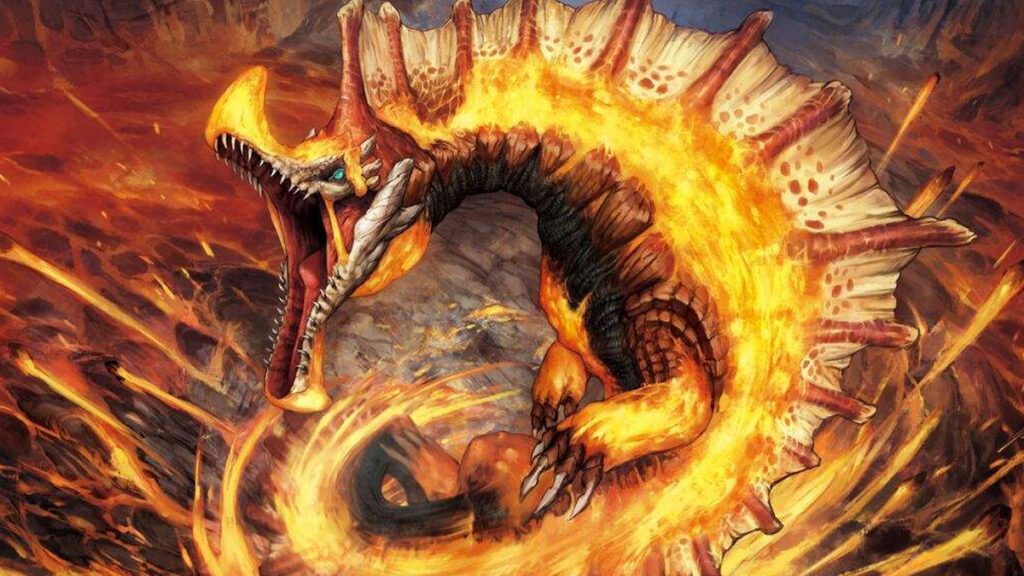
If Lagiacrus is the king of the sea, then Agnaktor is the king of the volcano. It can burrow underground then leap to cavern ceilings and perform ambushes. It also often shoots unblockable laser beam when enraged. To make things worse, its body will harden if you prevent it from burrowing or swimming in lava, making your attacks bounce. Although Bombs and Gunlance shellings can fix that.
Equipped with so much arsenal, this monster can easily work as lategame boss without many gameplay tweaks. Besides, Jin Dahaad is just a Gold Crown Glacial Agnaktor that can explode anyway. A normal Agnaktor definitely would not be out of place among other Leviathans in Monster Hunter Wilds.
6. Somnacanth
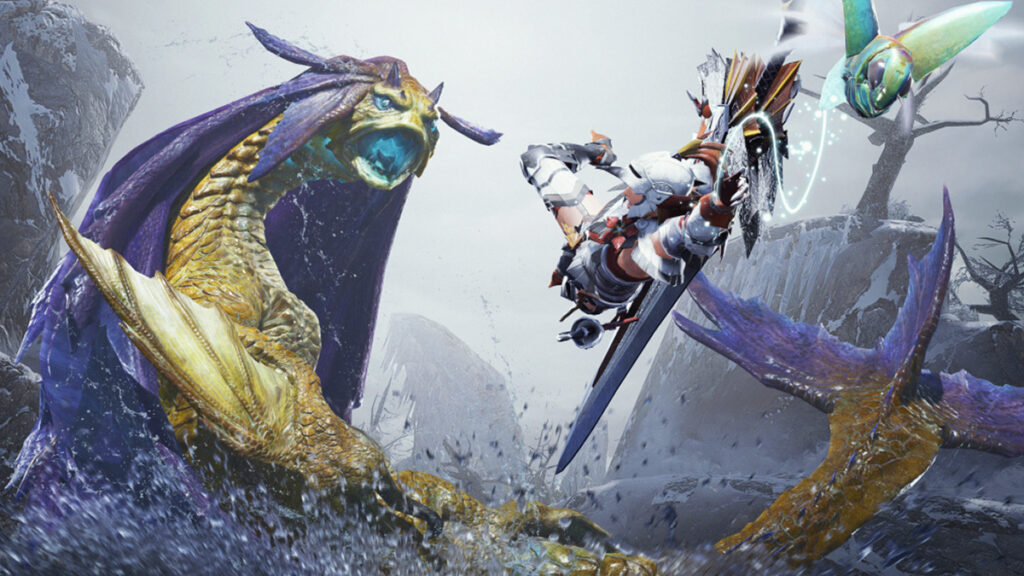
Speaking of underutilized status, we definitely could get one more Sleep-inducing monster after Nerscylla. For that, why don’t Capcom reintroduce this Rise Leviathan to Monster Hunter Wilds?
Somnacanth is one versatile monster to boot. It can put you to sleep, blinds you, or even make some AOE explosions. With dynamic fog and weather, Wilds could easily turn Somnacanth fights into a horror experience.
7. Kuarusepusu
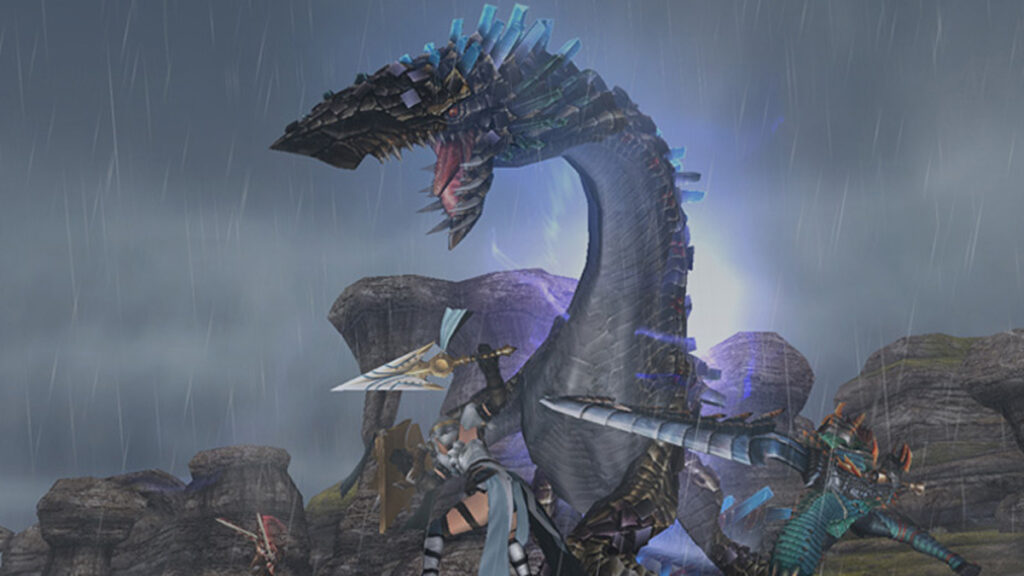
Most players haven’t even heard of Kuarusepusu, heck safe to say that it’s not even it’s real name. Because this monster is from the Frontier MMO spin-off which never made it outside of Japan. Which is a shame, because it’s definitely a pretty awesome Leviathan worth adding to Monster Hunter Wilds.
Kuarusepusu is able to collect sunlight and electricity using the crystals on its. The stored sunlight can blind unsuspecting Hunters or charged into solar beams. It can also leave crystals around which will explode like mines when touched. A pair of Kuarusepusu can even perform a combo sunburst attack, which deal massive Fire damage or a blinding light at anyone outside of its range.
Best of all, Kuarusepusu’s crystals and powers can act differently depending on the area’s weather. This mechanic would fit perfectly with Wilds‘ dynamic weather system.
8. Barlagual
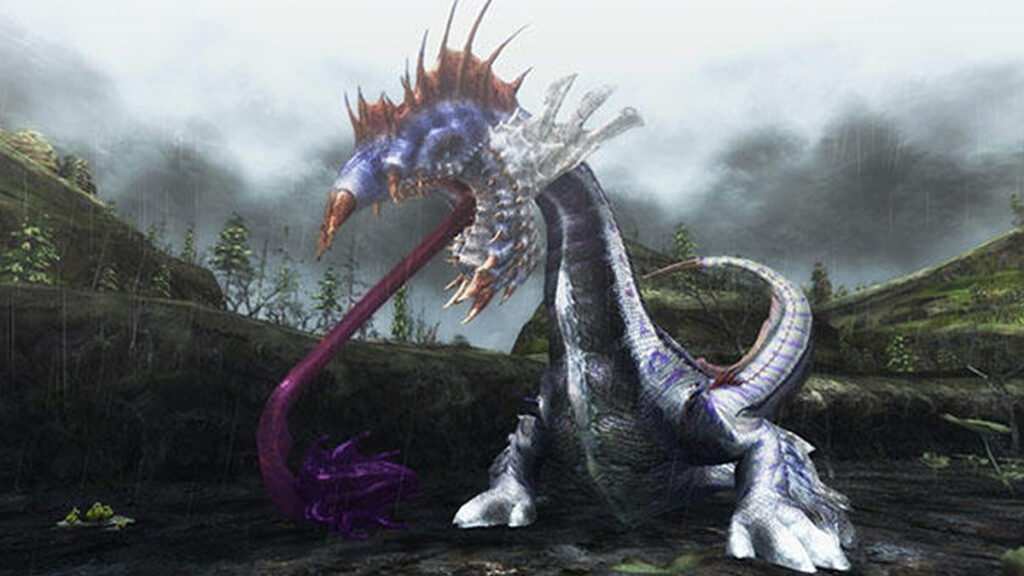
If you think Khezu is creepy enough, you should see Barlagual. It can use its barbed tongue as a whip and even extract fluids from its prey. Depending on who or what it siphoned, it imbues its attacks with different element or status. For example, draining an Iodrome gives it Poison, Paralysis from a Gendrome, and Blood attacks from a Velocidrome or a Hunter. Blood itself is a unique status in Frontier that will reduce your weapon’s sharpness.
But if it’s unable to prey on anything for quite some time, then it will become much more aggresive and rely on Water-based attacks. Put him in one of Iceshard Cliffs gothic-castle-like areas, and this Frontier Leviathan could be the kind of late-game boss that gets people talking.
Capcom, we’re not saying you have to bring these Leviathans back for future Monster Hunter Wilds updates. But it would be a waste to not remix them in RE Engine game… unless the team is planning for an underwater expansion.
